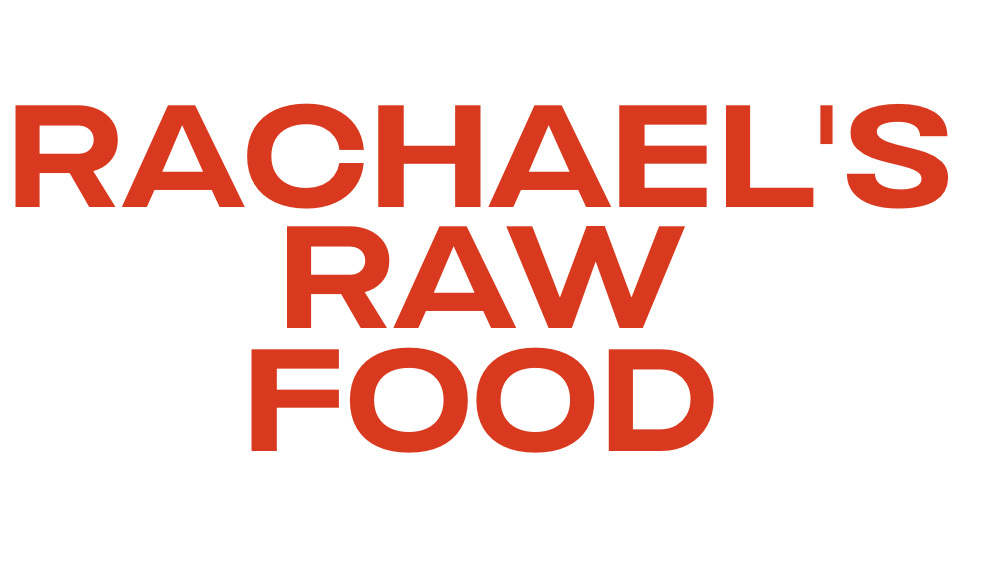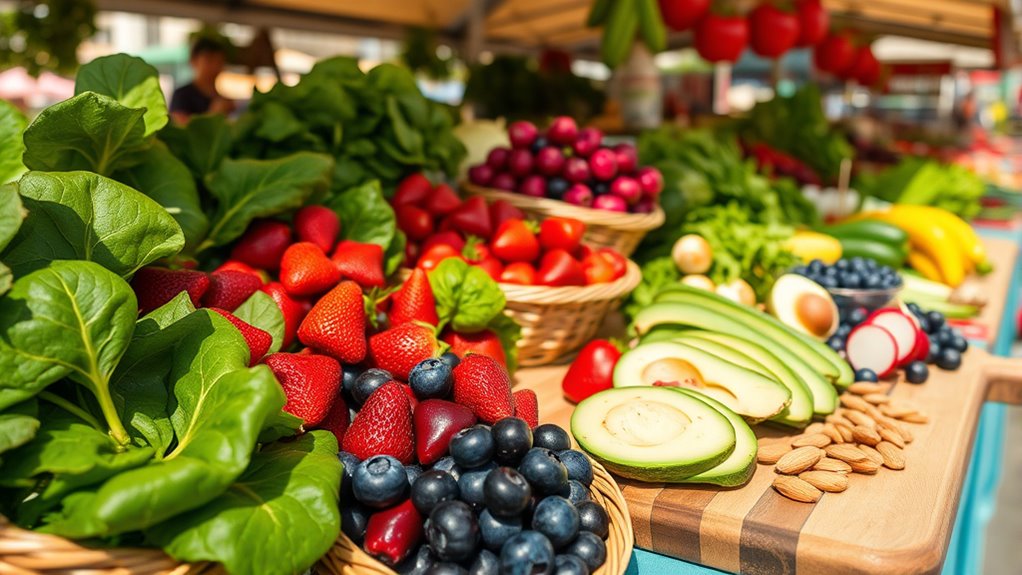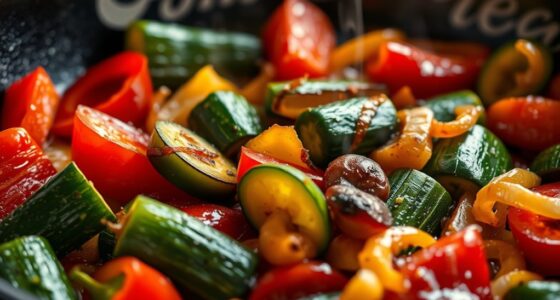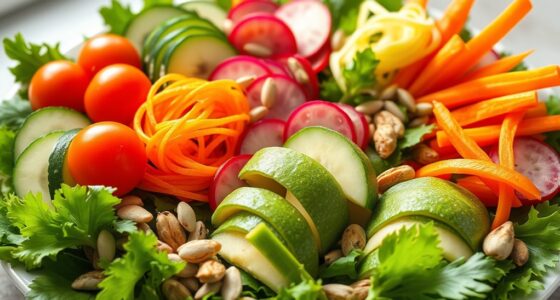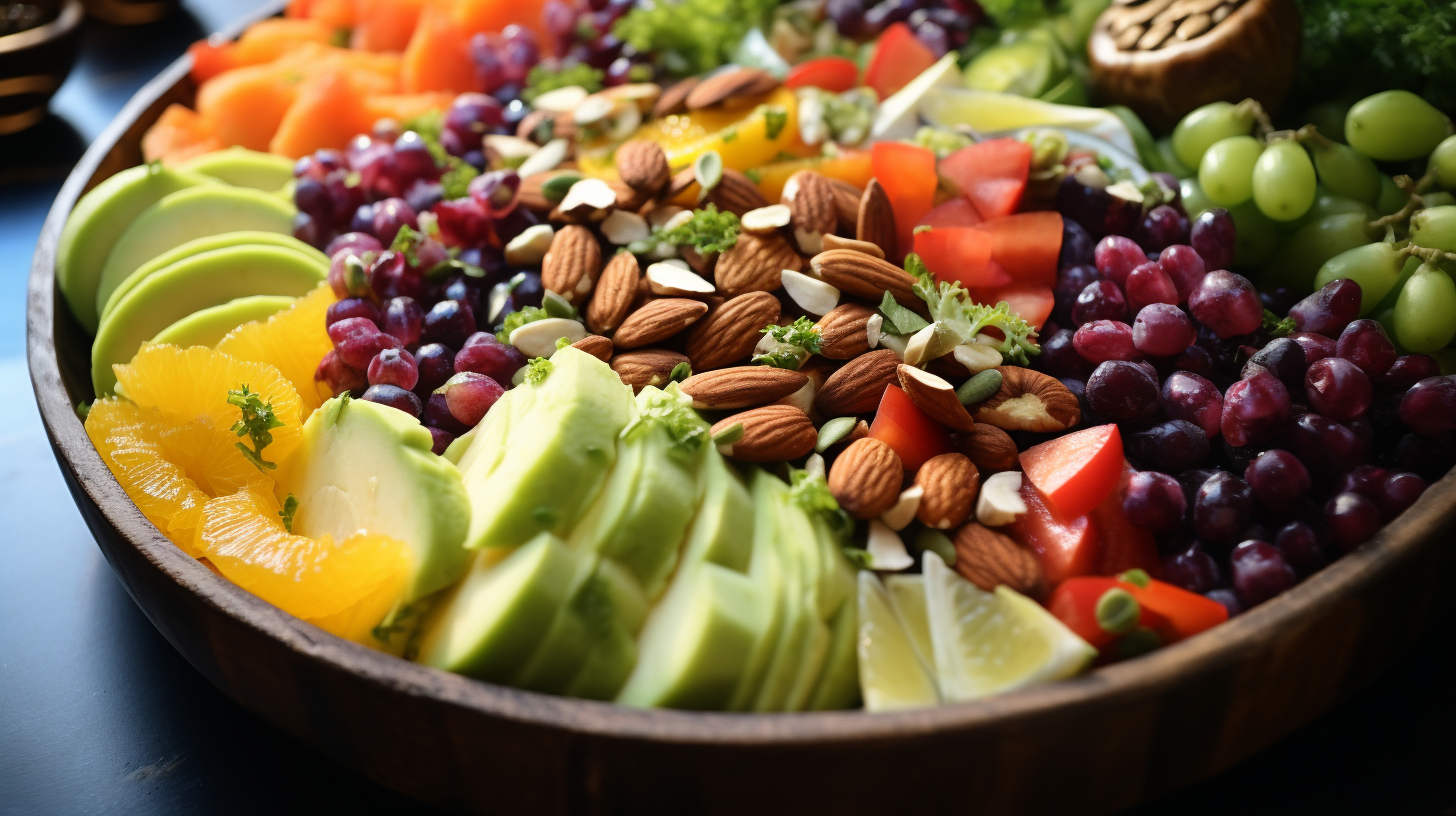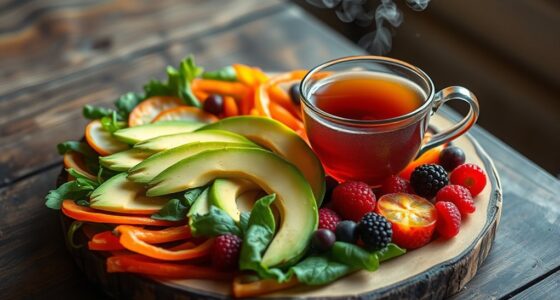Many think eating raw foods is expensive, but it doesn’t have to be. Buying whole, seasonal produce and shopping at farmers’ markets or in bulk can save you money. Planning meals ahead and focusing on simple, fresh ingredients also keeps costs low. You might be surprised at how affordable raw eating can be with clever choices and smart shopping. Keep exploring, and you’ll find even more ways to enjoy healthy, budget-friendly raw foods.
Key Takeaways
- Buying whole, seasonal produce from farmers’ markets or stores often costs less than pre-packaged or processed foods.
- Planning meals and shopping with a list reduces impulse buys and saves money on raw ingredients.
- Bulk purchasing and freezing excess produce help lower costs and prevent waste.
- Choosing affordable, conventionally grown produce and shopping during sales keeps raw food costs manageable.
- Growing herbs or small vegetables at home offers a cost-effective way to access fresh raw ingredients.
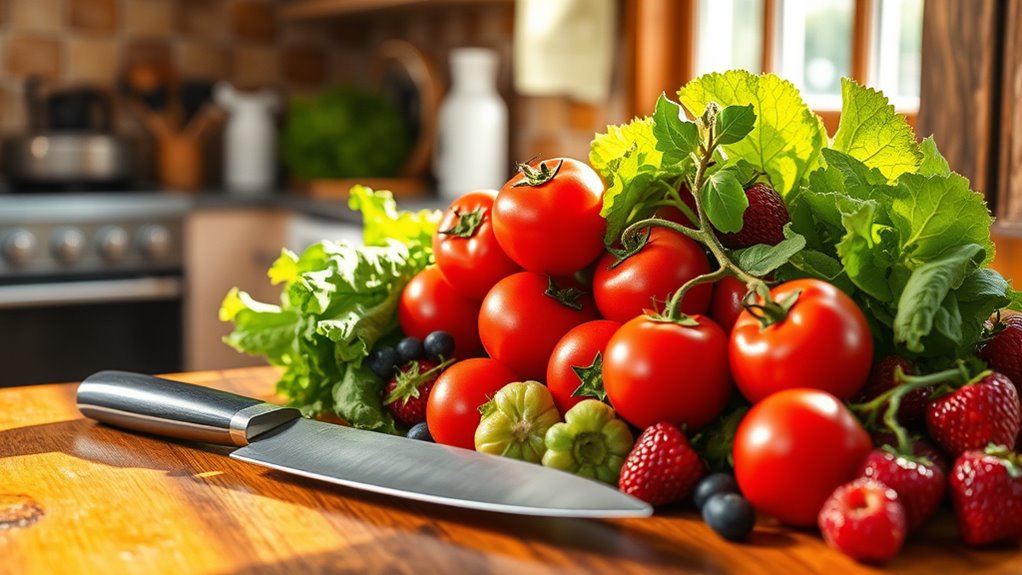
Many people believe that eating raw foods is an expensive habit only wealthy individuals can afford, but that’s a myth. In reality, you can enjoy fresh, healthy raw ingredients without breaking the bank. The key lies in understanding the cost comparison between raw and processed foods, and applying some simple budget-friendly tips to maximize your savings. Fresh produce, nuts, seeds, and even certain meats can be affordable if you shop smartly and plan ahead.
Eating raw foods can be affordable with smart shopping and planning.
When you compare the cost of raw foods to their processed counterparts, you’ll often find that buying whole fruits and vegetables directly from farmers’ markets or local stores can be cheaper than pre-packaged or frozen options. Pre-cut produce, while convenient, tends to carry a premium, so choosing whole items and prepping them yourself is a smart way to cut costs. Plus, buying seasonal produce not only guarantees freshness but also keeps prices low. For example, strawberries in summer or apples in fall are typically much more affordable than off-season options. Incorporate these seasonal choices into your diet to stay within your budget.
Budget-friendly tips involve buying in bulk when possible. Many grocery stores or health food outlets offer discounts on larger quantities of raw nuts, seeds, or vegetables. These bulk purchases often reduce the per-unit cost considerably. Freeze what you won’t use immediately to prevent spoilage, which conserves money in the long run. Also, look for sales or discounts on organic produce—you don’t always need to buy organic for every item, especially if you’re budget-conscious. Prioritize buying organic for produce on the “Dirty Dozen,” which tend to have higher pesticide residues, and opt for conventionally grown produce for the rest.
Meal planning plays an essential role in keeping raw food costs low. When you plan your meals ahead, you avoid impulse buys and reduce waste. Make a shopping list based on your plan and stick to it. This way, you won’t be tempted to purchase unnecessary processed snacks or convenience foods that often cost more and add empty calories. Additionally, growing your own herbs or small vegetables at home can be incredibly cost-effective and rewarding.
Being aware of seasonal produce and cost-saving strategies can make a significant difference in maintaining an affordable raw food diet.
Frequently Asked Questions
Are There Affordable Raw Food Options for Budget-Conscious Individuals?
You can find affordable raw food options that fit your budget by choosing cost-effective produce like seasonal fruits and vegetables. Look for local farmers’ markets or sales at grocery stores for budget-friendly snacks such as raw nuts, carrots, and apples. Preparing meals at home helps you save money and enjoy fresh, raw ingredients daily. With a little planning, eating raw can be both nutritious and wallet-conscious, making it accessible for everyone.
How Can I Start Eating Raw Without Breaking the Bank?
You can start eating raw by focusing on budget-friendly tips that make it affordable. Avoid falling for raw food myths that suggest it’s costly; instead, buy seasonal produce, shop in bulk, and choose simple ingredients like apples, carrots, and greens. Preparing meals at home helps save money, and you don’t need fancy gadgets. With these tips, you’ll enjoy raw foods without overspending and break free from misconceptions.
Do Raw Diets Require Expensive Supplements or Special Equipment?
Think of raw food myths as fog hiding the truth. You don’t need pricey supplements or special equipment to enjoy a raw diet. Most essentials are simple and affordable—like fresh fruits, veggies, and basic knives. The cost misconceptions often scare people, but with smart shopping and minimal gear, you can eat raw without draining your wallet. It’s about making fresh, whole foods your priority, not expensive gadgets.
Can Raw Eating Be Cost-Effective Compared to Traditional Cooked Meals?
You might find that raw eating can be cost-effective when you do a proper cost comparison and focus on meal planning. By buying in bulk, choosing seasonal produce, and preparing simple raw meals, you can save money compared to traditional cooked dishes. It’s all about smart shopping and planning ahead, which helps keep costs low while enjoying fresh, healthy foods without breaking the bank.
What Are Some Tips to Buy Raw Ingredients Cheaply?
To buy raw ingredients cheaply, start meal prep by planning your meals ahead of time, which helps you avoid impulse buys. Focus on seasonal shopping, as produce is more affordable and fresh during peak seasons. Look for sales and discounts at local markets or bulk stores. These strategies make raw eating budget-friendly, proving it’s possible to enjoy healthy, raw meals without breaking the bank.
Conclusion
So, think again before dismissing raw eating as just a luxury. What if the real costs go beyond price tags—hidden expenses you haven’t considered? Could the benefits outweigh the perceived costs in ways you never imagined? The truth might be closer than you think, but uncovering it requires more than just assumptions. Are you ready to challenge what you’ve been told and explore the unexpected? The answer might change your perspective forever.
